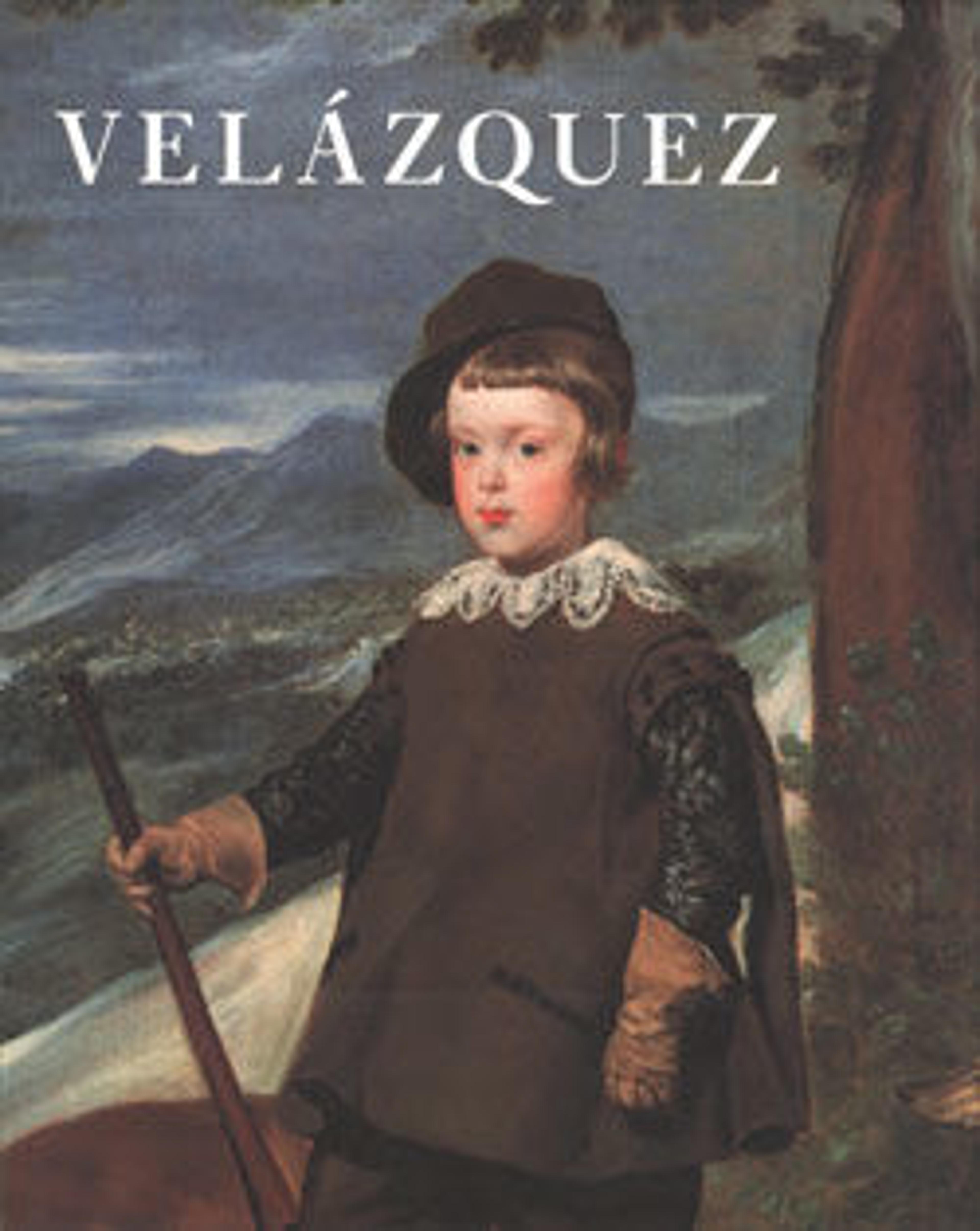
In 1865 Édouard Manet first saw the great collection of paintings by Velázquez in Madrid's Museo del Prado. Enraptured, he wrote to a friend, "He is the painter of painters ... He has astonished me, he has ravished me." Velázquez, the preeminent Spanish artist of the seventeenth century, continues to enthrall viewers. His sublime works express the very essence of the painter's art—they join an immense intelligence and extraordinary psychological acuity to a matchless technical facility. His images are deeply rooted in the physical world, yet their complex stillness transcends time, pointing toward a truth that exists beyond the ephemeral. Velázquez's intense concern with empirical experience and his distaste for idealization lend an exquisite tension to his ceremonial portraits of Philip IV, his wives and children, and the members of his court. A highly placed courtier as well as an artist, the painter confirmed the elevated birth and powerful station of his royal subjects, but his portraits move beyond iconography into the shadowy area where individual identity and public role meet. From his earliest works, such as The Waterseller of Seville, to his last portraits of the royal children, Velázquez demonstrates both truth to objective reality and poignant compassion.
All of Velázquez's meditations—on the nature of power, on mortality, on human beauty and frailty—are rendered with incomparable painterly skill. The energetic daring of his brushwork and the magnificence of his palette are transfixing. Although masterworks by Velázquez can be found in American and European collections, the great majority are in the Museo del Prado. In an unprecedented gesture of generosity, the Prado has agreed to lend seventeen of these works to the landmark exhibition that this publication documents. For the first time the American public will be able to see the entire scope of Velázquez's oeuvre.
This catalogue is a worthy companion to such an extraordinary event. Elegant and substantive essays by Antonio Domínguez Ortiz and Alfonso E. Pérez Sánchez examine the world of seventeenth-century Spain and the path that Velázquez followed in his courtly and artistic career. Julián Gállego has contributed important assessments of each of the pictures in the exhibition. A wealth of comparative illustrations shows all of Velázquez's major works and presents representative paintings by his contemporaries. Both the generalist and the specialist will find much of interest, and all will be elevated by their study of such a distinguished and satisfying painter.
Antonio Domíguez Ortiz, one of the world's foremost scholars of seventeenth-century Spanish history, is a member of the Real Academia de Historia in Madrid; Alfonso E. Pérez Sánchez is Director of the Museo del Prado; and Julián Gállego is Professor Emeritus of the University of Madrid and a member of the Real Academia de Bellas Artes de San Fernando in Madrid.
Met Art in Publication
Citation
Domínguez Ortiz, Antonio, Alfonso E. Pérez Sánchez, Julián Gállego, and Diego Velázquez. 1989. Velázquez. New York: Metropolitan Museum of Art : Distributed by H.N. Abrams.